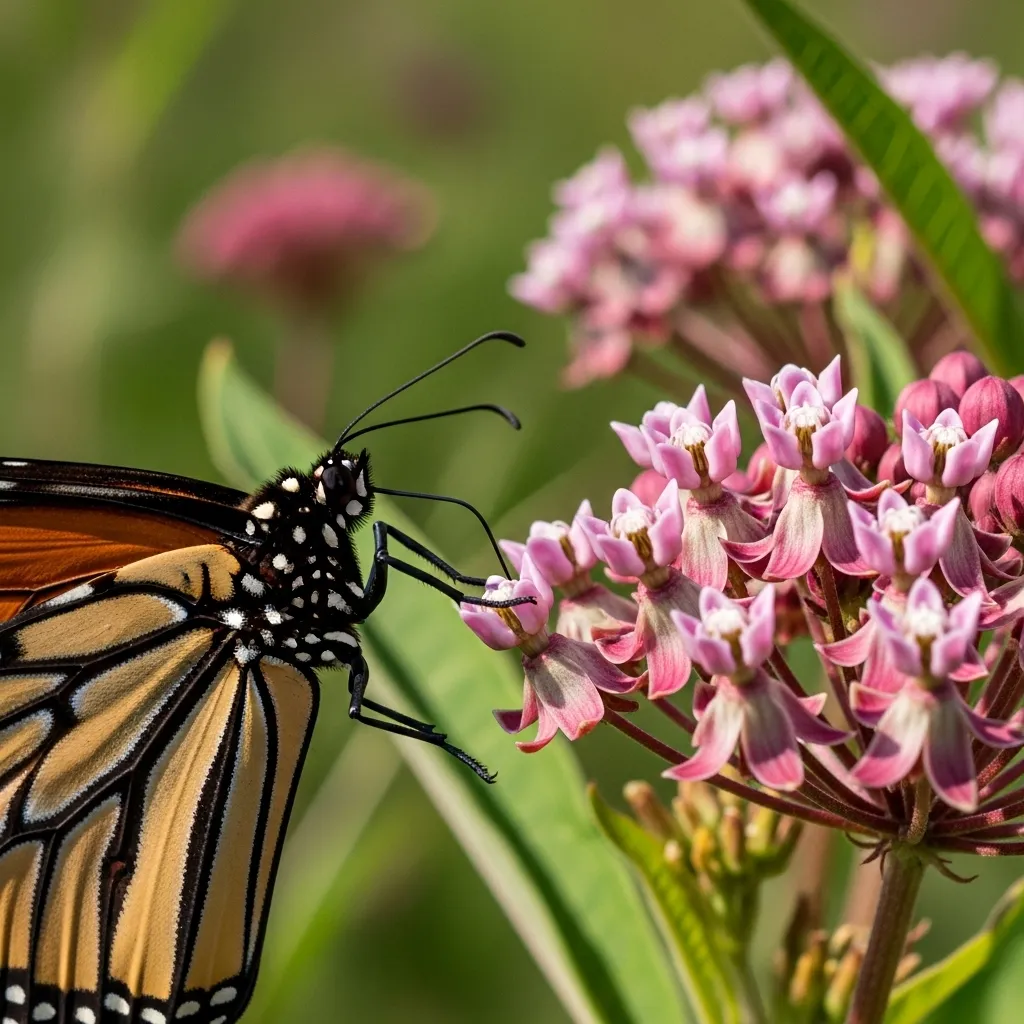
The Monarch Butterfly’s Multigenerational Marathon
Not all great migrations are defined by size and sound. One of the most astonishing is a silent, delicate, and profoundly complex journey undertaken by an insect that weighs less than a paperclip: the North American monarch butterfly. The annual monarch butterfly migration path is a marvel of biology, covering up to 3,000 miles (4,800 kilometers) from as far north as Canada down to specific overwintering sites in the oyamel fir forests of central Mexico.
What makes this migration truly unique is that it is a multigenerational relay. The monarchs that fly south to Mexico are not the same individuals that left the previous spring. It takes three to four generations of butterflies to complete the northward journey back into the United States and Canada. Each of these generations lives for only a few weeks, continuously moving north and laying eggs on their sole host plant, milkweed.
Then, a special “super generation” is born in late summer. This generation is biologically different. Instead of mating and laying eggs, it enters a state of reproductive diapause, a temporary suspension of development. These are the butterflies that make the entire, single-generation flight south to Mexico. They live for up to eight months, surviving the winter clustered together by the tens of thousands on fir trees, creating a breathtaking spectacle where entire forests turn orange and black. In the spring, these same individuals begin the journey north, laying the eggs of the first generation that will continue the cycle.
How they navigate remains a subject of intense scientific study. Researchers believe they use a combination of cues, including the sun’s position as a compass and the Earth’s magnetic field. This internal clock and compass system is passed down through generations, an incredible feat of inherited knowledge.
Unfortunately, this amazing migration is in peril. The monarch butterfly is facing significant threats, primarily from habitat loss. The disappearance of milkweed across North America due to agriculture and development removes the only food source for their caterpillars. Additionally, illegal logging in their Mexican wintering grounds and climate change pose serious risks. Conservationists stress the importance of planting native milkweed species (and avoiding non-native tropical milkweed, which can disrupt their migratory cycle). You can contribute by creating a monarch-friendly garden, providing essential stopover habitat on their long journey. Tracking their progress through citizen science programs can also provide valuable data for researchers working to protect this natural wonder.















